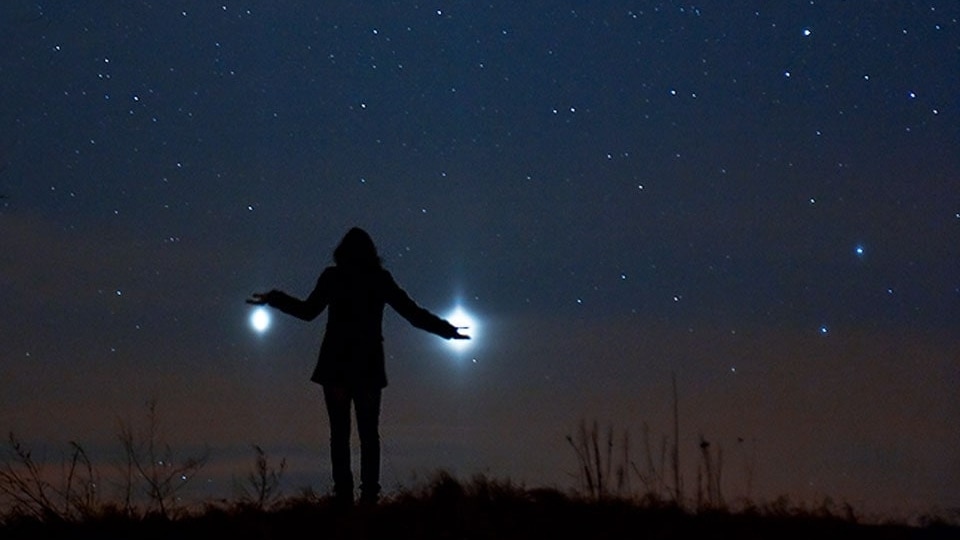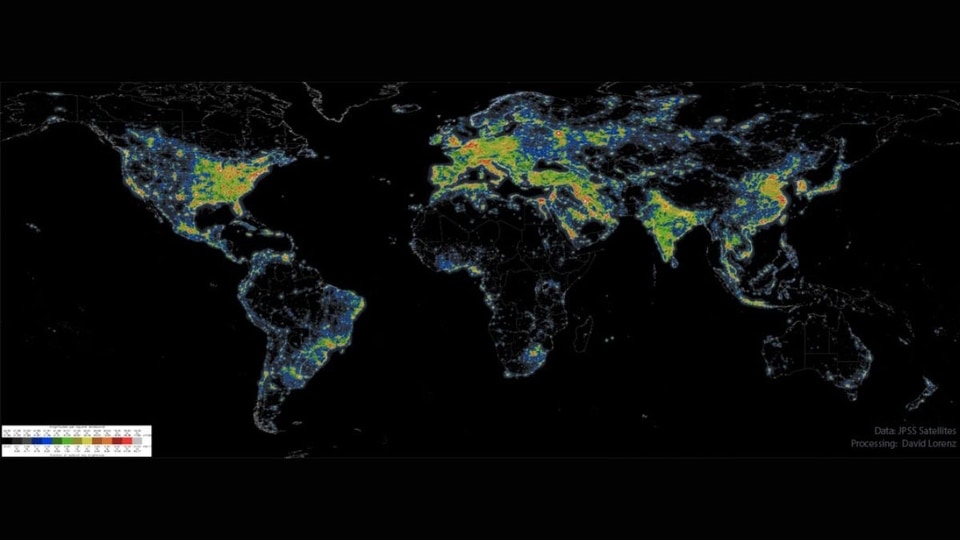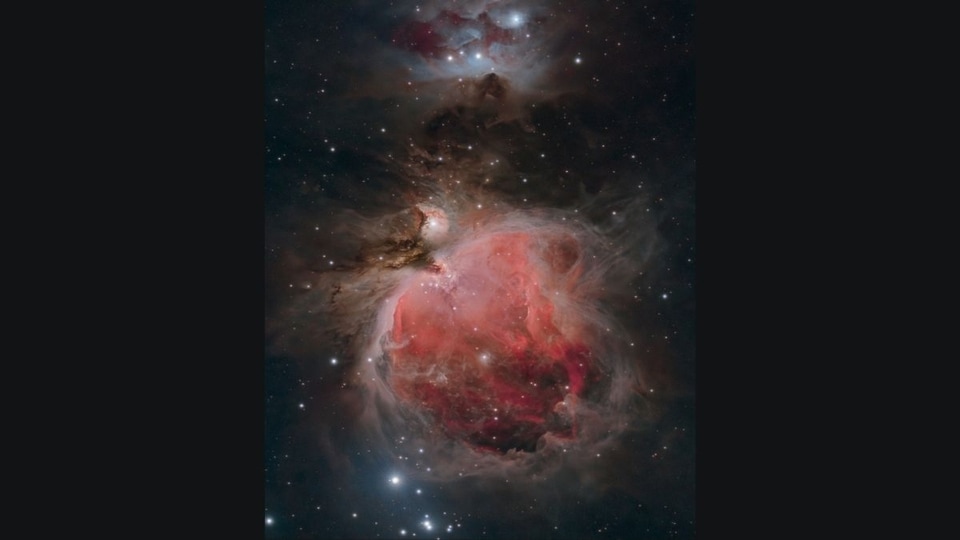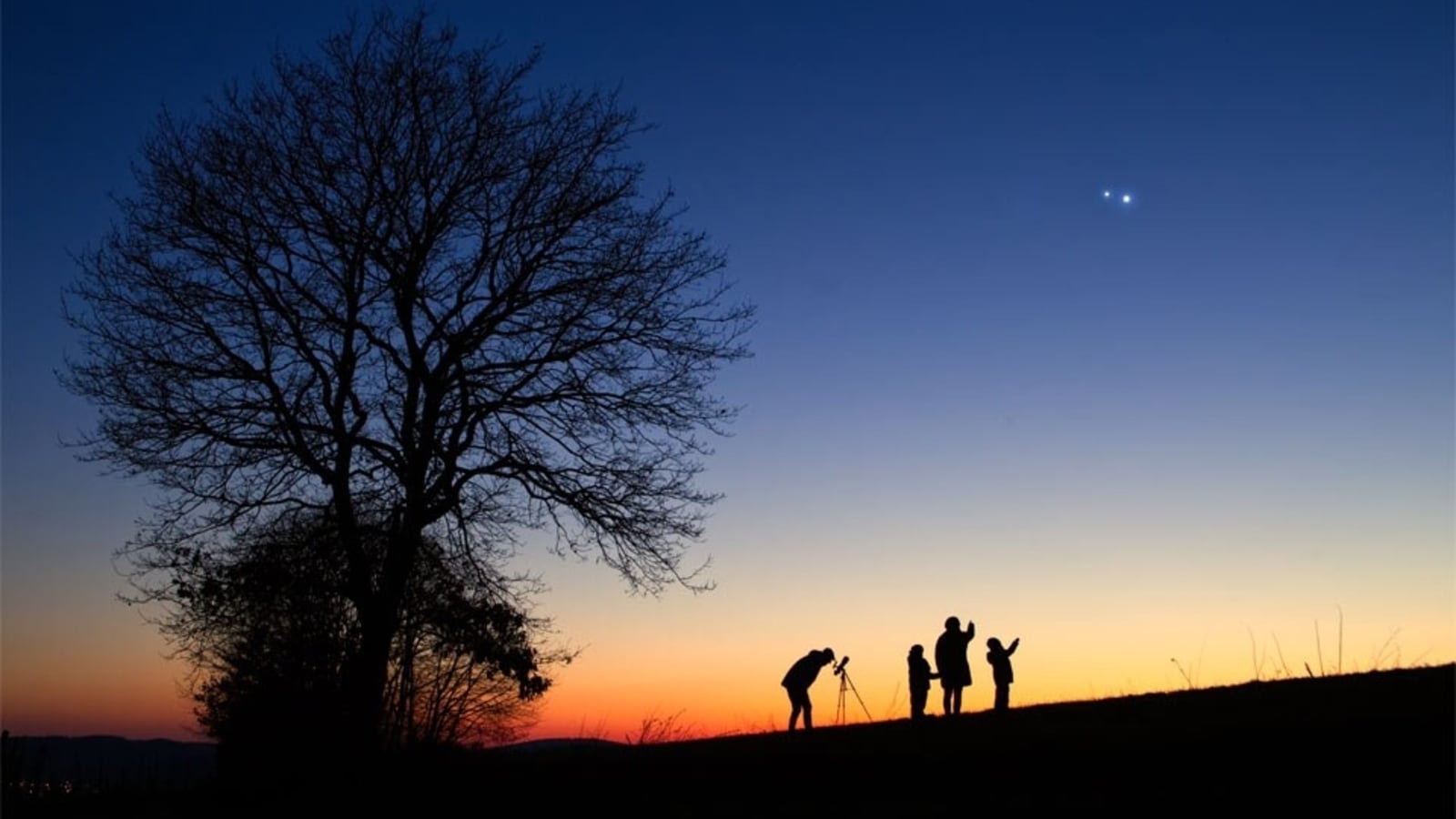NASA Astronomy Picture of the Day 15 March 2023: Venus-Jupiter conjunction over Germany
NASA Astronomy Picture of the Day is a snapshot of the Venus and Jupiter planetary conjunction captured in German skies.






 View all Images
View all ImagesPlanetary conjunction signifies that two planets appear close together in Earth's night sky. Thankfully, in the case of Earth's solar system, such planetary conjunctions happen way too frequently because our sister planets travel around the Sun in an almost similar ecliptic plane. Which makes them appear often in our night sky despite being millions of miles away from each other. Just a few weeks ago, the skies were dominated by a planetary conjunction of Venus and Jupiter, where the two planets were very close to each other in the night sky.
Although both planets were already visible, this conjunction brought them even closer together and it presented an amazing opportunity for astronomers and skywatchers alike to witness this amazing, rare phenomenon.
Today's NASA's Astronomy Picture of the Day is a snapshot of the Venus-Jupiter conjunction captured in Wiltingen, Germany. This amazing phenomenon was captured by astrophotographer Michael Luy from the Trier Observatory. While Venus is the hottest planet, Jupiter is a massive gas giant. In fact, it is so big that you can fit almost 1400 Venuses in Jupiter. This also means that Venus is much closer to Earth than Jupiter.
NASA's description of the picture
This was a sky to show the kids. Early this month the two brightest planets in the night sky, Jupiter and Venus, appeared to converge. At their closest, the two planets were separated by only about the angular width of the full moon. The spectacle occurred just after sunset and was seen and photographed all across planet Earth. The displayed image was taken near to the time of closest approach from Wiltingen, Germany, and features the astrophotographer, spouse, and their two children.
Of course, Venus remains much closer to both the Sun and the Earth than Jupiter -- the apparent closeness between the planets in the sky of Earth was only angular. Jupiter and Venus have passed and now appear increasingly far apart. Similar planetary convergence opportunities will eventually arise. In a few months, for example, Mars and Venus will appear to congregate just as the Sun sets.
Catch all the Latest Tech News, Mobile News, Laptop News, Gaming news, Wearables News , How To News, also keep up with us on Whatsapp channel,Twitter, Facebook, Google News, and Instagram. For our latest videos, subscribe to our YouTube channel.





























